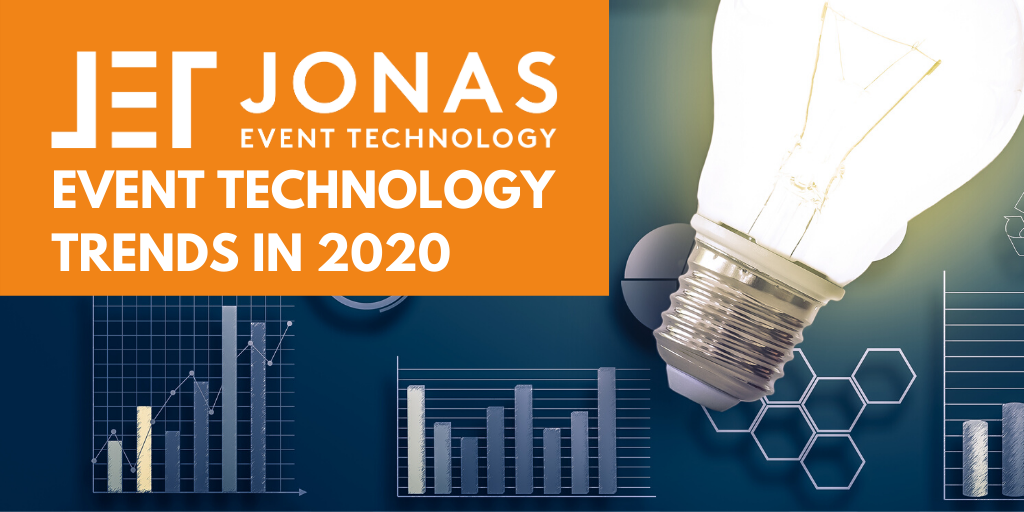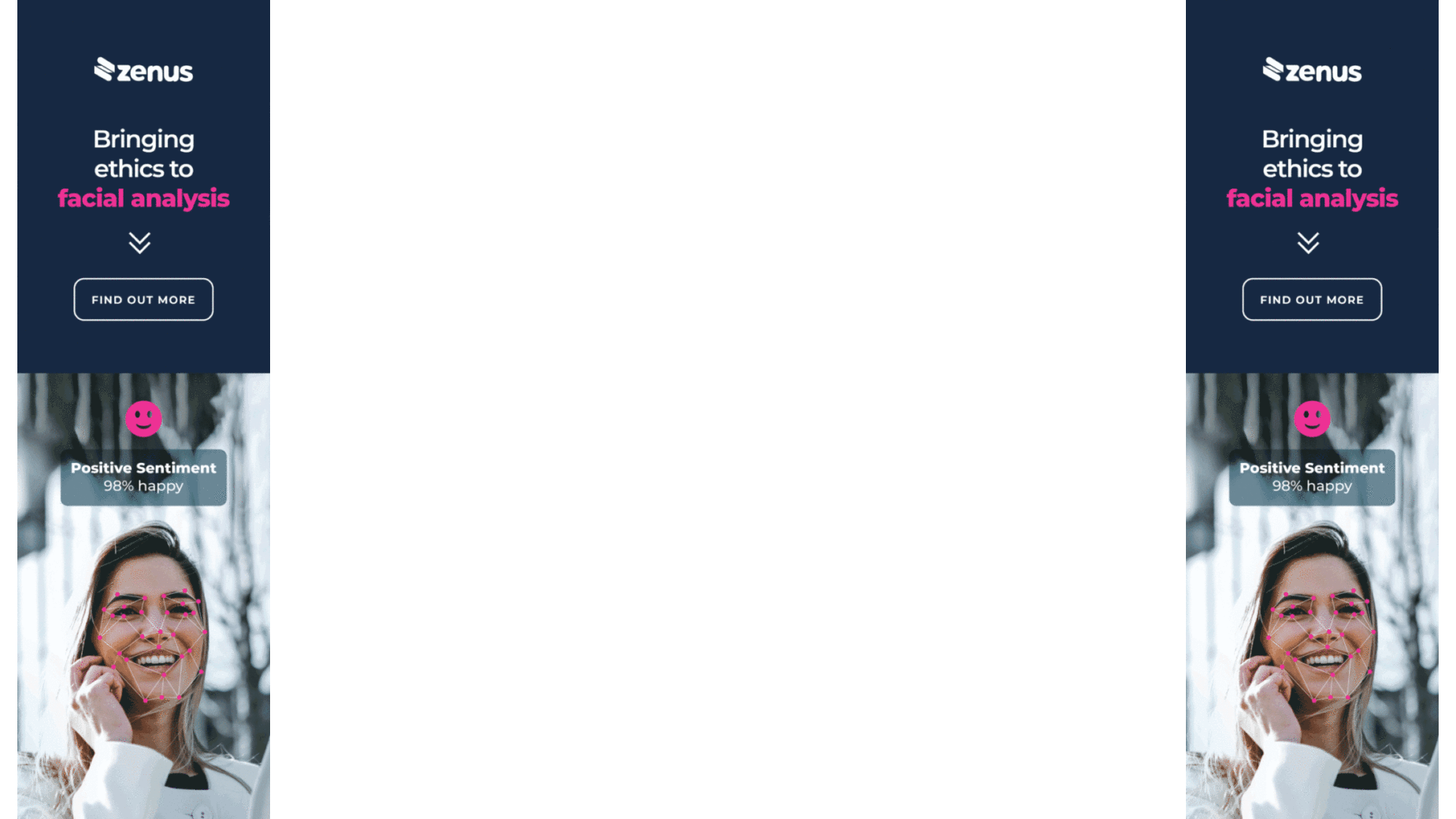
The latest innovative technologies are currently being used in all types of industries, with events spearheading the demand. Event organisers are now attempting to adapt their style and methods, in order to embrace the new decade where 5G, AI and Virtual Reality will become the norm. Advanced technology can become another draw for visitors of many different events, who can be impressed by an improved visualisation and application, as well as speedy and seamless accessibility.
Whether it is a conference, exhibition or any type of event, all designated planners are prepared to integrate inventive equipment to provide the best experience for their invitees. Here are 8 of growing technology trends in 2020, and how they can be used effectively.
Facial Recognition
Facial Recognition has begun to emerge into the mainstream, as the accuracy of tests and reports continues to thrive. Machines now can identify your face, and provide an express check-in for you, before printing any necessary documents or badges for you to use. Traditionally, attending an event may include long queues of people, for limited staff members, to check through paper work and identification. Soon those days will be coming to an end.
Now, prior to the event, guests are
encouraged to take photos of themselves and provide the required information.
On the day of arrival, they would be able to skip the queues, head straight to
the facial recognition systems, and get noticed within moments – allowing them
access to the venue instantly. A small personalised welcome would be triggered
as the check-in progress completes. Visitors would be immediately impressed
with the smooth and modern entrance, and will heighten their experience from
the get-go.
Facial recognition isn’t just for the benefit of the visitors, but will also
help event organisers manage access control, and most importantly, tighten up
on security.
Projection Mapping
Projection Mapping is an augmented reality experience that is conducted by projectors to bring the wow factor for events. Instead of using big flat screens for projectors, this tool can be projected on to any type of 3D structure or surface to show interactive displays. Live events and other entertainment industries have been accustomed to projection mapping over the last decade, but few are able to incorporate into a standard event or conference.
Event planners should be inspired to stretch their imagination, as there are no limits with this advanced visual technology. What about a globe projected onto a sphere? The event name on the ceiling? The brand logo being the backdrop of the stage? The options are endless, and creative minds can really use these extra dimensions and optical illusions to excite everyone. Alluring patterns, colours and shows can be displayed literally anywhere, leaving visitors awestruck.
Event Diagramming
Although it is not new to some
people, the majority of event planners still haven’t come to terms with event
diagramming software. Essentially, it is an effective programme that enables
you to visually map out your event, so you can envisage where every stage,
table, seat and microphone will be. Creating a diagram of your event has never
been so simple, as you can use a drag-and-drop function to arrange the room
layouts of the event.
The floor plans can be uploaded, accurately scaled, and then shared on
cloud-based systems for the entire team, and clients, to oversee and
understand. Creating the layout is one thing, but some software allows you to
customise each stand, stage or seat, allowing you to create meal preferences,
schedule time for presentations, and assigning stand choices to certain brands.
Virtual Reality
Many industries have dabbled in augmented and virtual reality already, and it isn’t something that will be a flash in the pan, but instead here to stay. Wearing electronic headwear will become a common feature in future events, exhibits and conferences. Virtual reality will enable the attendee to transform themselves into another world, and give them a different perception and vision which was not possible previously.
Brands at conferences will be able to use virtual reality to enhance their product demos and prototypes, and their ability to use it will be just as important as the product or message they are promoting itself. Hosts and guest speakers can also use the technology whilst presenting, whether it is to show the audience of new redevelopments, cutting-edge products that many cannot fathom with just plain descriptions, and other avenues to explore. It allows everyone to be fully immersed with what is on offer, and a marketers dream, if executed correctly.
Event Apps
The surge of apps on our devices has been astounding over the last decade, and there is no forecast to suggest it’s going to slow down. They have become integral to our lives professionally and socially, so it would be wise for event organisers to develop apps for attendees to download prior to their visit for them to use during it. Guests can purchase tickets, download brochures, check-in, answer surveys, take polls, view maps, read important information such as schedules and speaker bios, and much more.
The apps can easily be personalised too, so event organisers can customize each guest’s app based on their preferences, and then displaying exactly what they want to see. Not only does it support sustainability, as far less paper and resources are needed, but it will increase attendee engagement, and their overall enjoyment of the event.
AI
Everyone is well aware that AI
(artificial intelligence) is the most talked about technology advancement over
the last few years, and it has started to be used worldwide at events. AI
doesn’t just give you one purpose, but instead creates multiple opportunities
for you to save time and resources by being deployed in many ways. AI is
already being used for matchmaking at networking events especially, as it can
interpret data to shrewdly match you with other people who have similar
products that would best suit their business needs. Instead of using forms to
collate data, AI can work ahead of time, retrieving data from LinkedIn and
other social media to propose potential working relationships, and they can be
arranged prior to the event even starting.
Additionally, AI chatbots are becoming more refined and could give attendees a
24/7 support before, during and after the event via instant messaging. For now,
this is how AI is having its biggest impact, but there is no denying that its
potential is boundless in the future.
Live Streaming
In an ideal world, we want to visit
events in person to get the full experience, but maybe costs, time limitations,
and other commitments mean we can’t make the journey. Live streaming is
constantly used in the online world, for people to be connected either by
watching live sports events, concerts or even other people playing computer
games. Now, the events industry is being introduced to live streaming, meaning
more people can be included despite their location.
Providing access to online audiences extends your range, increasing the overall
attendance. If the event is being filmed professionally, the people at home can
have a pleasing experience from the comfort of their home, and could even be
included via an online video chat, if necessary.
Live Translations
International events that invite thousands of people from overseas have always had the slight issue of translation. English is the international language for everyone to learn, and whilst we are lucky to have it as our native language here in the UK, there are many people who lack confidence in their ability to speak and understand it on a professional level. Welcome, live translations. The chance to offer live translations during every talk, presentation or any product or service offer, would open doors to the world, and bring us closer together. It can work for presenters, and audiences, the brands, and customers – everyone. Translation feeds can be put through to peoples own mobile devices (if they are using the app) or other devices with ear pieces, and the upcoming presence of 5G will certainly aid the process.
Have we missed the technology you think will be big this year? Let us know.
This post first appeared on the Jonas Event Technology blog.
This content is sponsored by Jonas Event Technology









